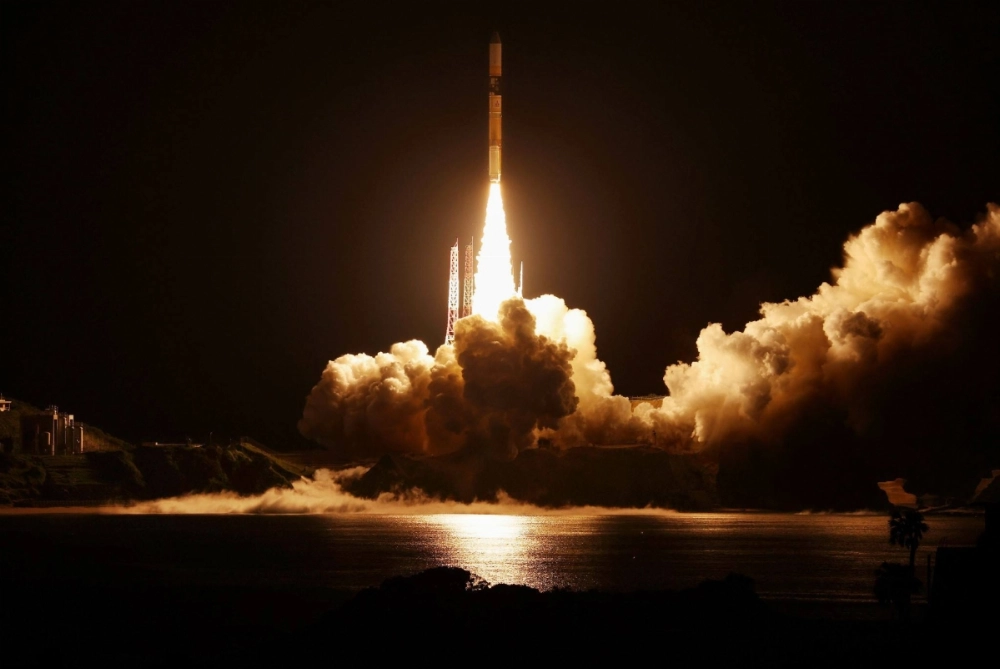Japan’s flagship H2A rocket lifted off for the final time at 1:33 a.m. on Sunday from the Tanegashima Space Center in Kagoshima Prefecture, successfully concluding a 24-year run that has defined the nation’s space capabilities.
The rocket’s 50th and final mission carried the GOSAT-GW, a government-developed hybrid environmental observation satellite. The satellite combines the Advanced Microwave Scanning Radiometer for monitoring ocean surface temperatures and water cycle dynamics with the TANSO sensor, which measures greenhouse gases, and is expected to play a key role in the country’s climate change mitigation and resource management.
“We’ve had tremendous support from our partners. Thanks to their efforts, and also thanks to the guidance of JAXA, we've made it this far,” Iwao Igarashi, head of Mitsubishi Heavy Industries’ (MHI) space division, told a news conference following the launch. “We’re also deeply grateful to the local communities that have supported us.”


















With your current subscription plan you can comment on stories. However, before writing your first comment, please create a display name in the Profile section of your subscriber account page.